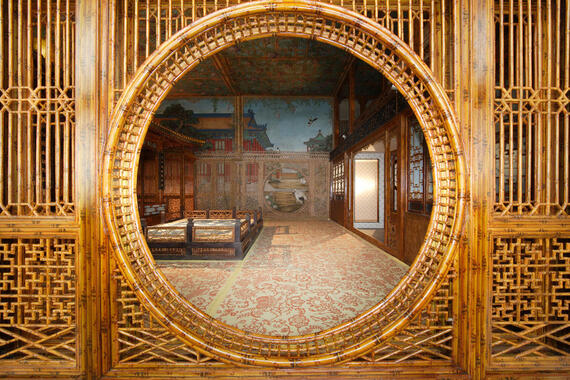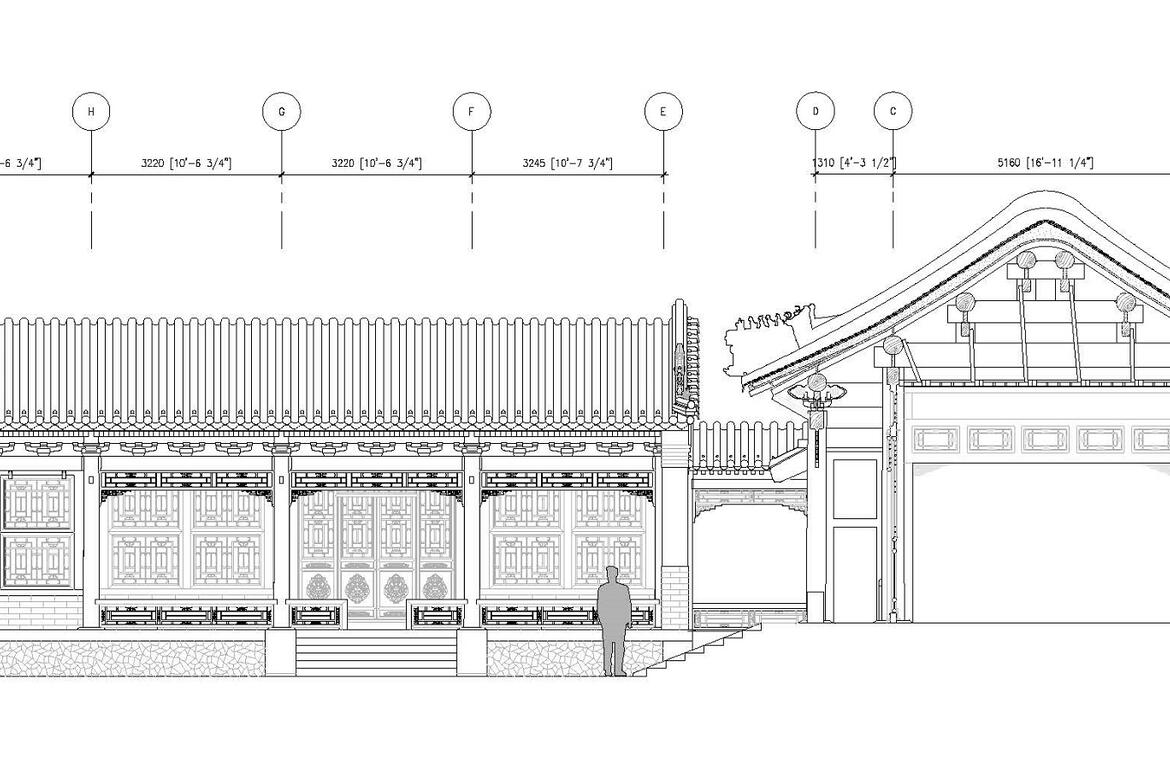A conversation with Annabelle Selldorf

In 2019, Annabelle Selldorf was selected to collaborate with the Palace Museum on a pioneering Interpretation Center at the Qianlong Garden within the iconic Forbidden City in Beijing, China, making her one of only a few Americans to partner with the museum on design projects at the site. For the first time ever, the public will have access to the Qianlong Garden through the new Visitor’s Center, which will tell the story of the site and its conservation that began in 2001 with a groundbreaking international partnership between the Palace Museum and World Monuments Fund. The new center will open to the public in fall 2021.

Selldorf Architects and the Palace Museum are collaborating on the content of each hall, which will include a traditional paper model of the site, crafted by students from Tsinghua University School of Architecture. We sat down with Annabelle to talk inspiration, craftsmanship, and architecture in advance of the center’s completion.
What do you remember from your very first visit to the Forbidden City and the Qianlong Garden?
I was completely enthralled by both but for different reasons. The Forbidden City is so vast, with this monumental sense of procession and hierarchy, while the Qianlong Garden is intimate and much more human scaled. But in both cases the tactile beauty and materiality is very powerful.
What structure or detail of the Qianlong Garden has especially moved you?
There are so many beautiful details in the Qianlong Garden, I almost don’t know where to start but I think it really is the way all the materials come together—from the terracotta to the wallpaper and marquetry—that has really stuck with me.
What was most important to you in the design of the Interpretation Center?
Since the Interpretation Center itself is really going to be the experience of the Qianlong Garden for the vast majority of people, it was important to me from the outset that it not replicate the other spaces but still honor the specific sense of place. I wanted visitors to have a sense of the intimate scale of the rooms, the connection of interior to exterior, of closed and open spaces, all with sensitively presented details and craftsmanship.
What do you hope visitors leave the interpretation center having learned or experienced?
I believe the opportunity to have a window into another very specific time and way of life is not only an intellectual learning experience but a physical and emotional one and I hope visitors will leave with a sense of having been transported to another place for a short time.
Why is heritage conservation so important, and what does it bring to the field of present-day architecture and design?
The work of World Monuments Fund and all heritage conservation is critically important to our ongoing understanding of different cultures everywhere. We cannot afford to lose the specificity and uniqueness of these historic structures and monuments without losing a piece of what it is that makes us human. To create a more humane and civilized society it is so important to understand what has come before and learn from a wide variety of perspectives and beliefs. For architects we are not only exposed to sometimes lost building techniques but also to different ways of thinking about space and community and an individual’s role in a wider world. These are timeless concerns that we can never lose sight of.

